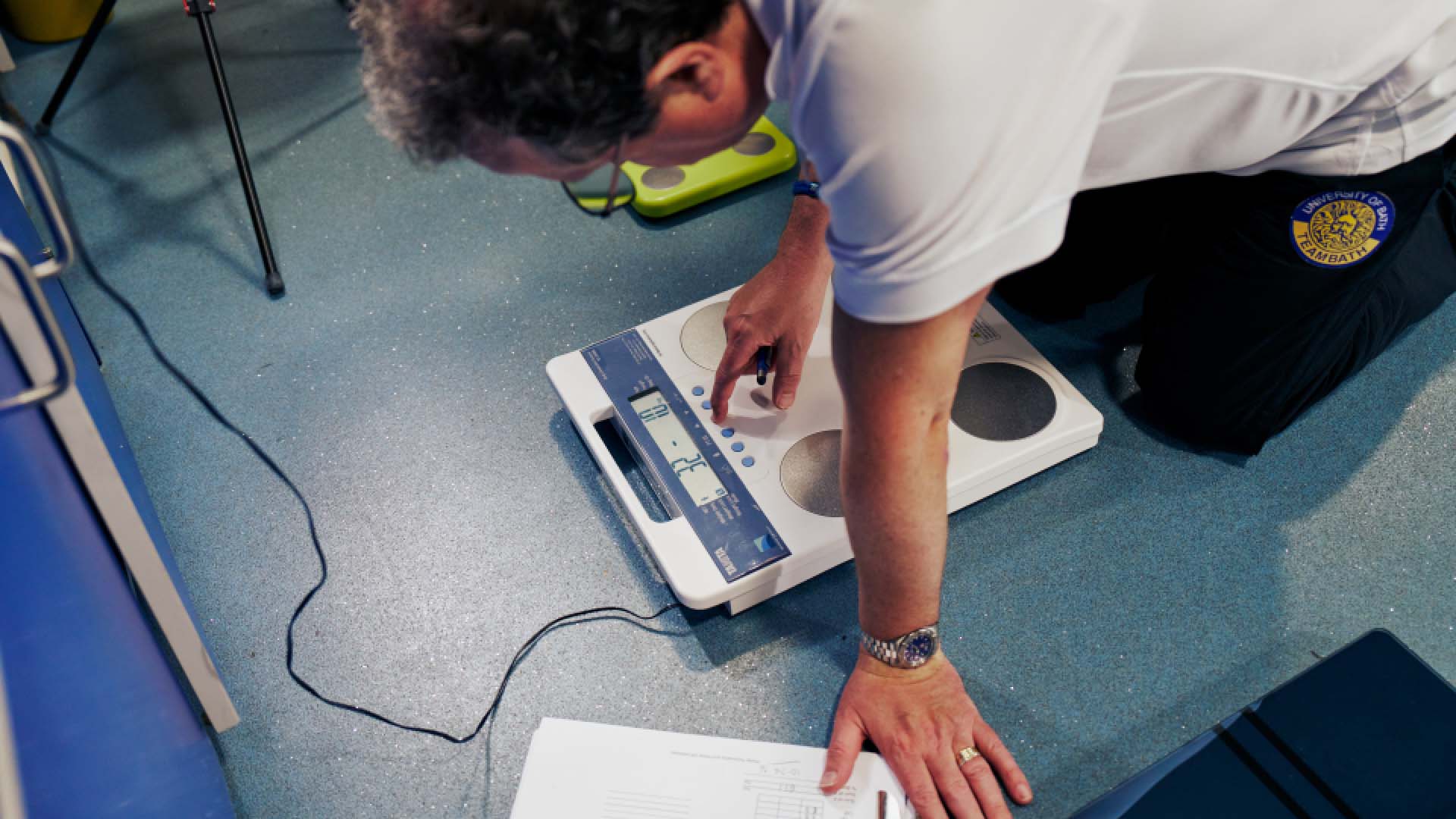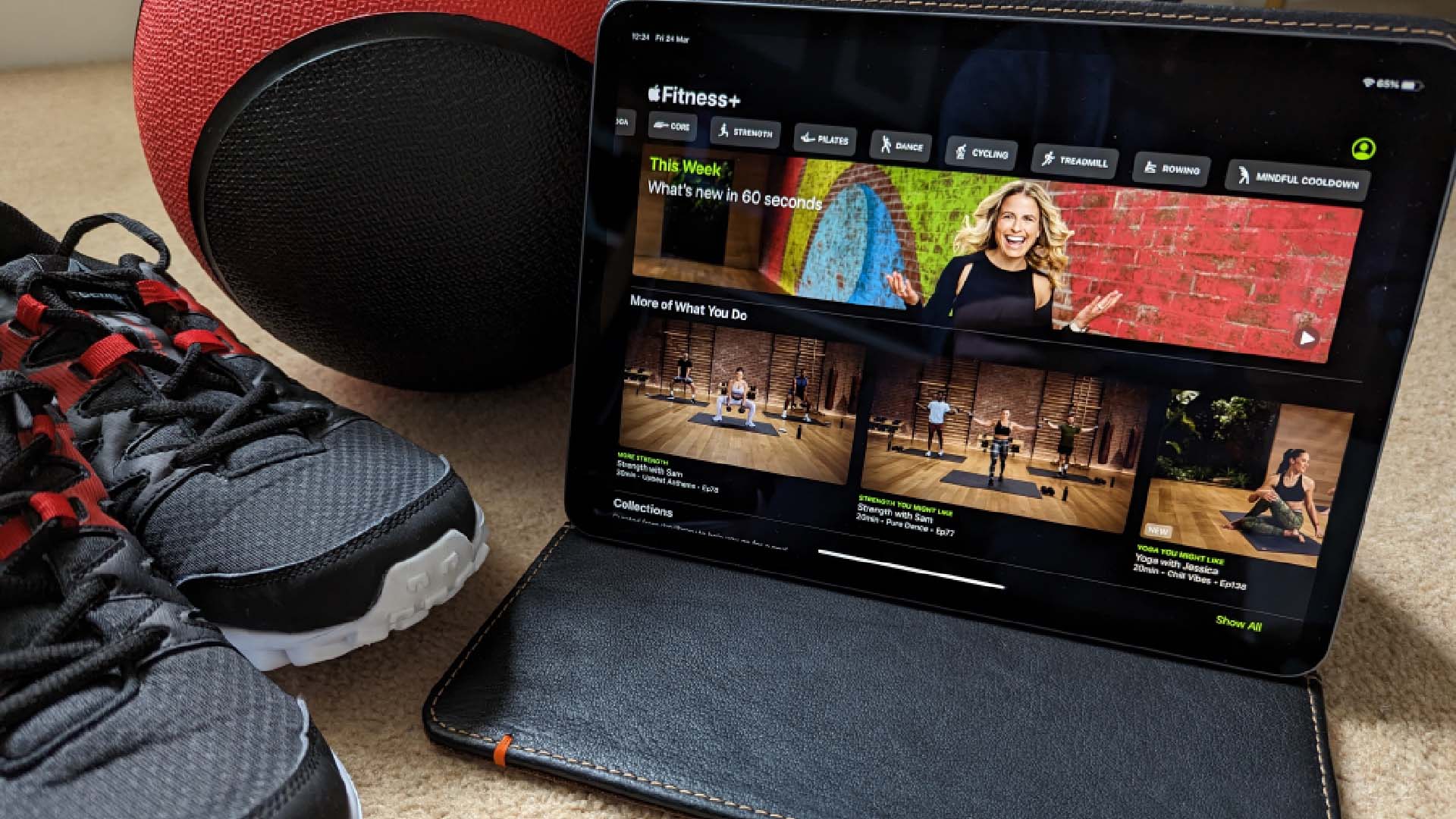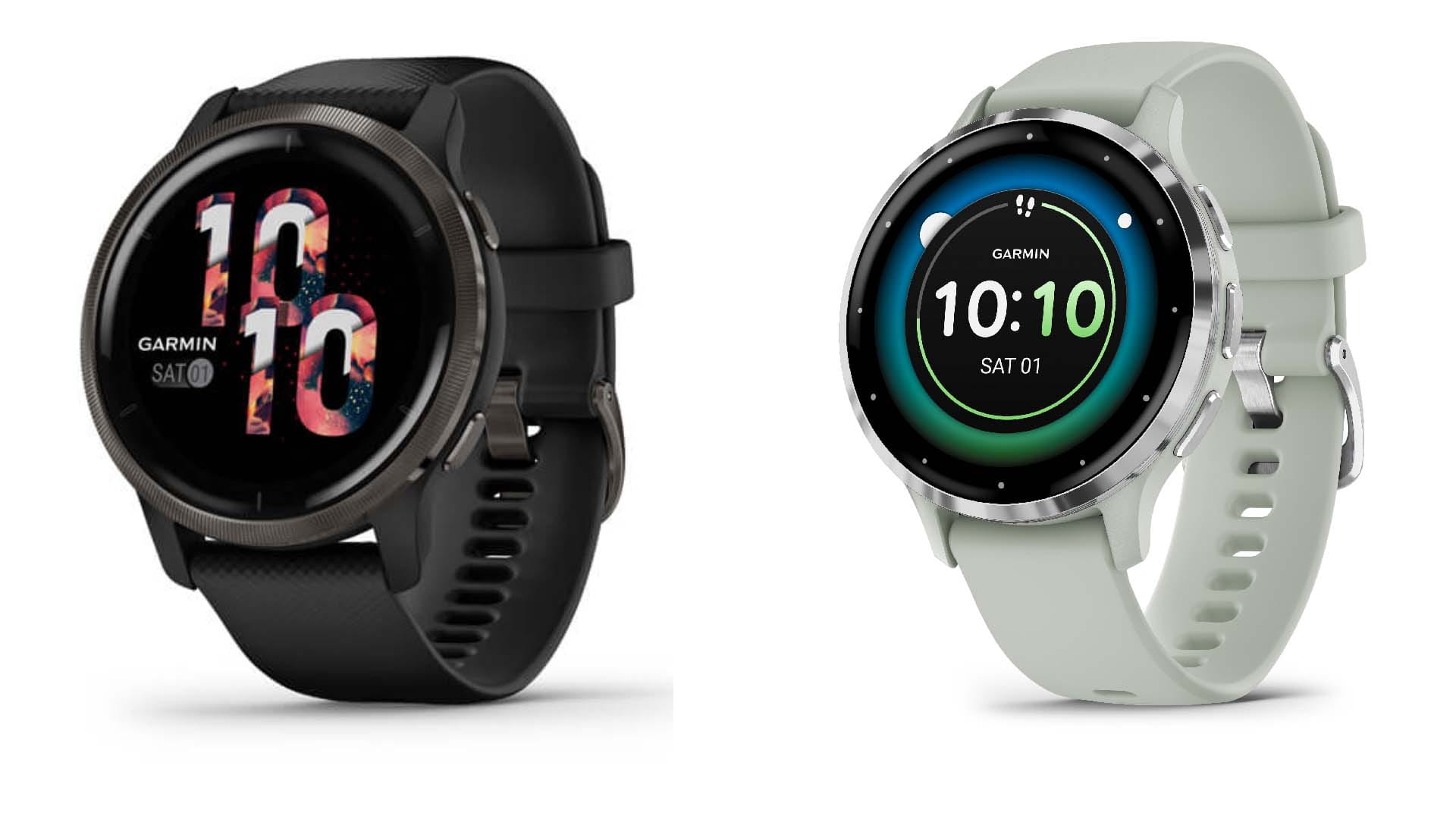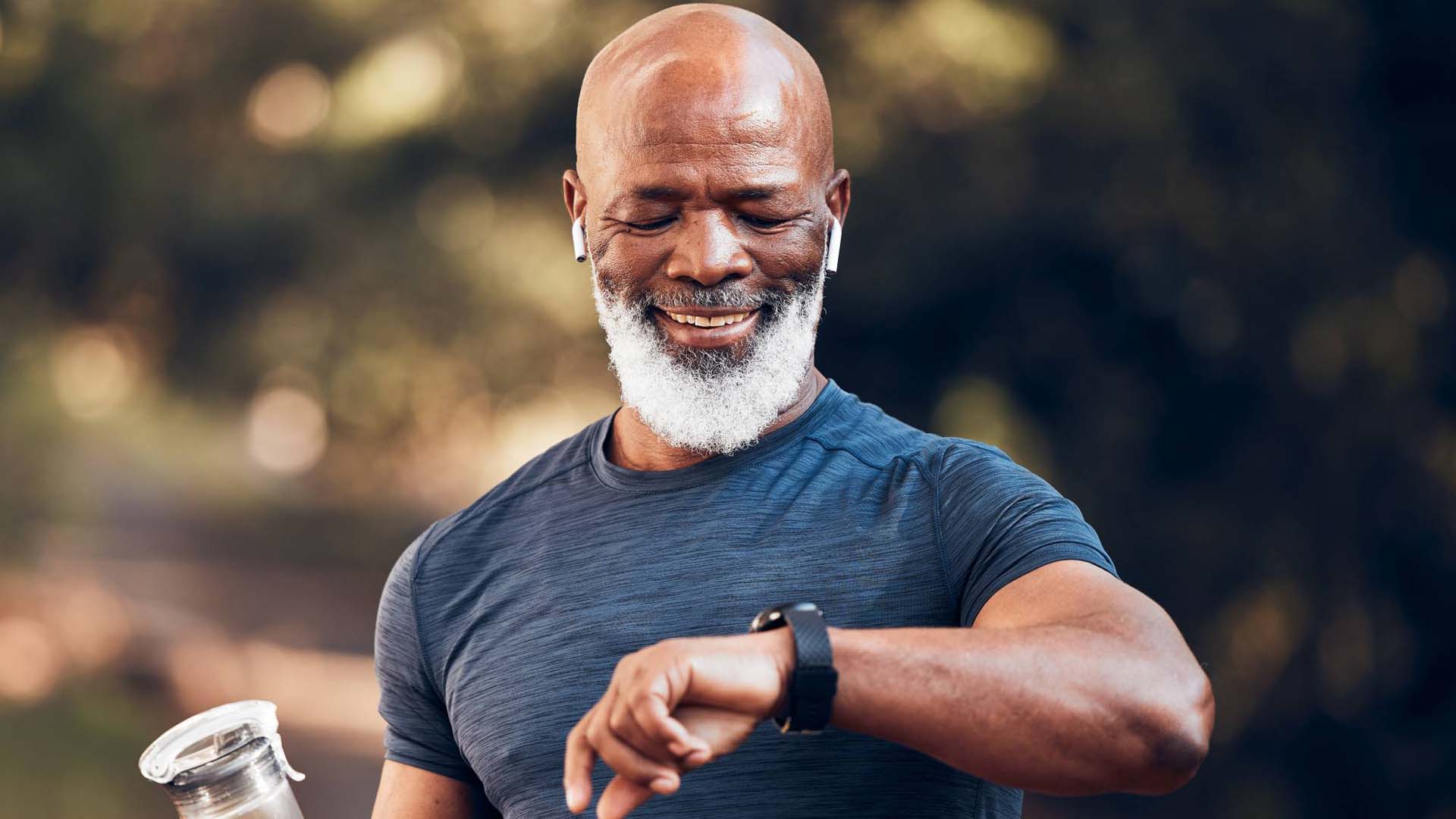
It’s 16 years since mobile phones, smart watches and fitness bands began to measure our movements with such precision that they could sense every step we take and every movement we make – even during our sleep.
‘Wearable technology’ had begun in the 19th century with mechanical wristwatches and evolved to those geeky calculator watches that appeared in the 1970s.
But the step change that brought about today’s tracking devices and smartwatches was the miniaturisation of a movement-sensing electronic component called an accelerometer.
From the 1940s to the 1960s, accelerometers were as big as a tall beer can; today they are microscopic, with the core moving part only slightly larger than a blood cell.
Now, wrist-worn motion-tracking devices range from smartwatches like the ubiquitous Apple Watch to more specific sports watches. A sporty reader recently wrote in to ask me which one he should buy.
He said that as a retired person, he wasn’t really bothered about getting emails and news updates on his wrist, didn’t want to pay for his shopping with it, or get a lot of health measurements, but did need a big, clear, display of his exercise metrics with good GPS mapping for directions on a run and the ability to track swimming performance, too.
It is said, indeed, that the defining feature of a sports watch is its lack of features, notifications and distractions.

The reader took up my recommendation to go for the respected Garmin brand, opting for the Vívoactive 5 (1) (£259.99), which, he notes, has a comprehensive spec that even tracks wheelchair pushes and offers workouts for wheelchair users. A clever touch.
He did say the app was a bit confusing at first – and the weather notifications weren’t reliable.
Fitbit, which started wearable fitness devices in 2009, has now been absorbed by Google and is being gradually merged into its brand.
This means Fitbits are quite a bargain now – its latest, the Charge 6 (2), is just £119.99 in Argos, Boots and others, while excellent earlier models are still available for as little as £84.
Another highly recommended sports watch bargain is the attractively colourful Pace 3, from a lesser Chinese make Coros (3). It costs £219, though the earlier Pace 2 can be bought more cheaply.
If, after all, you do quite fancy smartwatch functions, the Apple Watch Ultra (4) is also a beautiful sports watch – and doubles as a wristwatch phone, music player, language translator and much more.
The latest Ultra 2 starts at £799 and goes up to dizzying heights depending on options. But again, the slightly earlier version of the Ultra can be picked up renovated for under £400 on Amazon.
This high-quality wireless music player, the Sonos Era 300 (£449, Sonos), is a revelation. The stereo is amazing, especially if you stream music to it in the Dolby Atmos Music format.
The excellent spatial sound was developed by Giles Martin, son of The Beatles’ producer George Martin. For an even more amazing sound experience, pair up two Era 300s.
Jonathan Margolis is a London and New York-based technology journalist. He has a global following for his column Landing Gear in the online publication Air Mail, appears regularly on the BBC and other networks and has won several journalism awards.
View author page
Every issue of Saga Magazine is packed with inspirational real-life stories, exclusive celebrity interviews, brain-teasing puzzles and travel inspiration. Plus, expert advice on everything from health and finance to home improvements, to help you enjoy life to the full.
We are here to help you decide which wearable is right for you, a sleek fitness tracker or feature-packed smartwatch

When it comes to tracking your body composition, are smart scales accurate enough to be useful?

Cleaning with an electric toothbrush is much easier, especially if you have mobility problems in your hands.



The best yoga poses to build strength and make your life more comfortable


Your questions answered about what really is a good 5k time.

Your 5k questions answered and how far it is in miles, with the best UK races